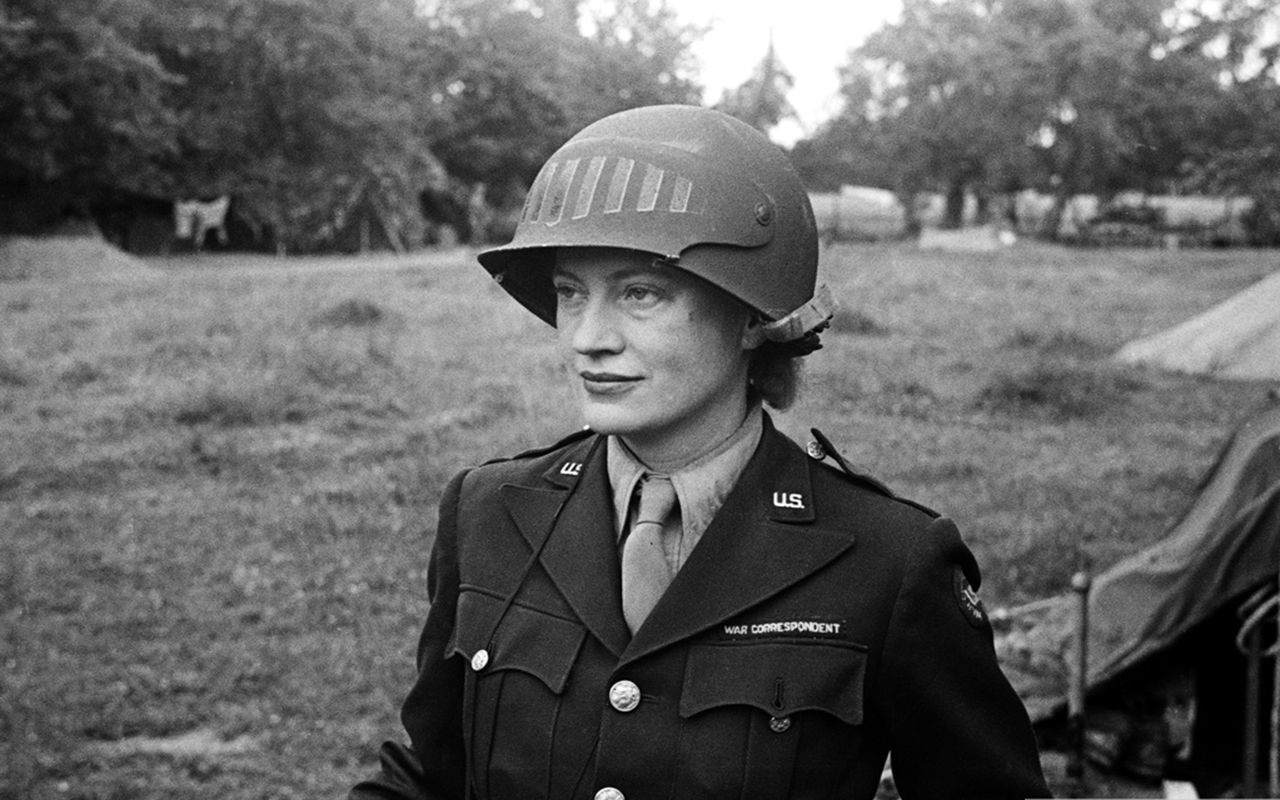 Lee Miller, con un casco prestado por el fotógrafo del ejército estadounidense Don Sykes (sargento), Normandía, Francia, 1944© LEE MILLER ARCHIVES
Lee Miller, con un casco prestado por el fotógrafo del ejército estadounidense Don Sykes (sargento), Normandía, Francia, 1944© LEE MILLER ARCHIVES
When we think of the Second World War, it is difficult to imagine that in the midst of chaos and devastation there was a woman who, camera in hand, captured some of the rawest and most revealing moments of the conflict. Also the most beautiful, revealing a new, more authentic side of the people who worked at the front. Lee Miller, one of the most daring photographers of the 20th century, comes to Barcelona with the exhibition War Chronicles, which can be visited at FotoNostrum until the 20th March, 2025.
Before becoming a war correspondent, Lee Miller was a haute couture model in New York, a muse to great artists such as Man Ray, and even a pioneer in photographic experimentation with the solarization technique. However, her restless spirit led her to reinvent herself again and again. It was in London, during the Luftwaffe bombings, that she found her true calling: telling the story with her lens.
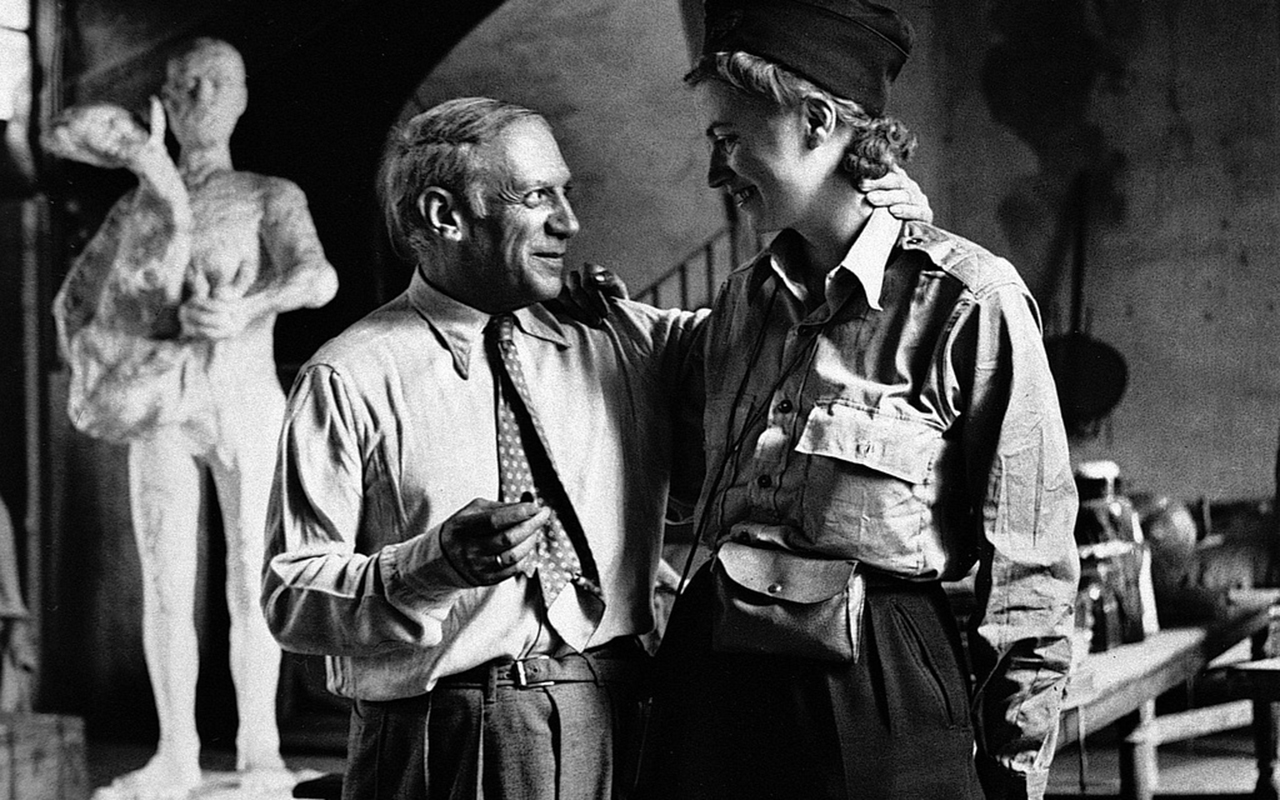 Foto del reencuentro de Picasso y Lee Miller en 1944 tras la liberación de París. Ella llegó como reportera con el Ejército de los EE UU© LEE MILLER ARCHIVES
Foto del reencuentro de Picasso y Lee Miller en 1944 tras la liberación de París. Ella llegó como reportera con el Ejército de los EE UU© LEE MILLER ARCHIVES
The exhibition
War Chronicles brings together 124 photographs, focusing on the period from 1940 to 1947, that trace Miller’s career as a war correspondent for the US Army. His lens captured the liberation of Paris, the concentration camps of Buchenwald and Dachau, and the scars of Europe after D-Day. His images are raw, moving and, above all, necessary to understand the impact of war.
Miller not only documented history, he also lived it first-hand. Images of that closeness stand out, such as the iconic image of Lee Miller in Hitler’s bathtub in Munich on the same day that the Nazi leader committed suicide, or a warm meeting during the liberation of Paris in 1944, where he met Pablo Picasso, with whom he had a friendship. “It’s incredible that the first soldier I see after the liberation is a woman, and that it’s you too!” the artist from Malaga exclaimed. Intimate portraits that Lee Miller also shared with Miró.
The exhibition also shows us her most versatile side, with some of her iconic fashion photographs that portray women in the 1940s, when they began to enter the workforce in factories, demonstrating that aesthetics and drama can coexist in the same work.
After the war, Lee Miller found solace in the kitchen, becoming a culinary innovator inspired by surrealism.
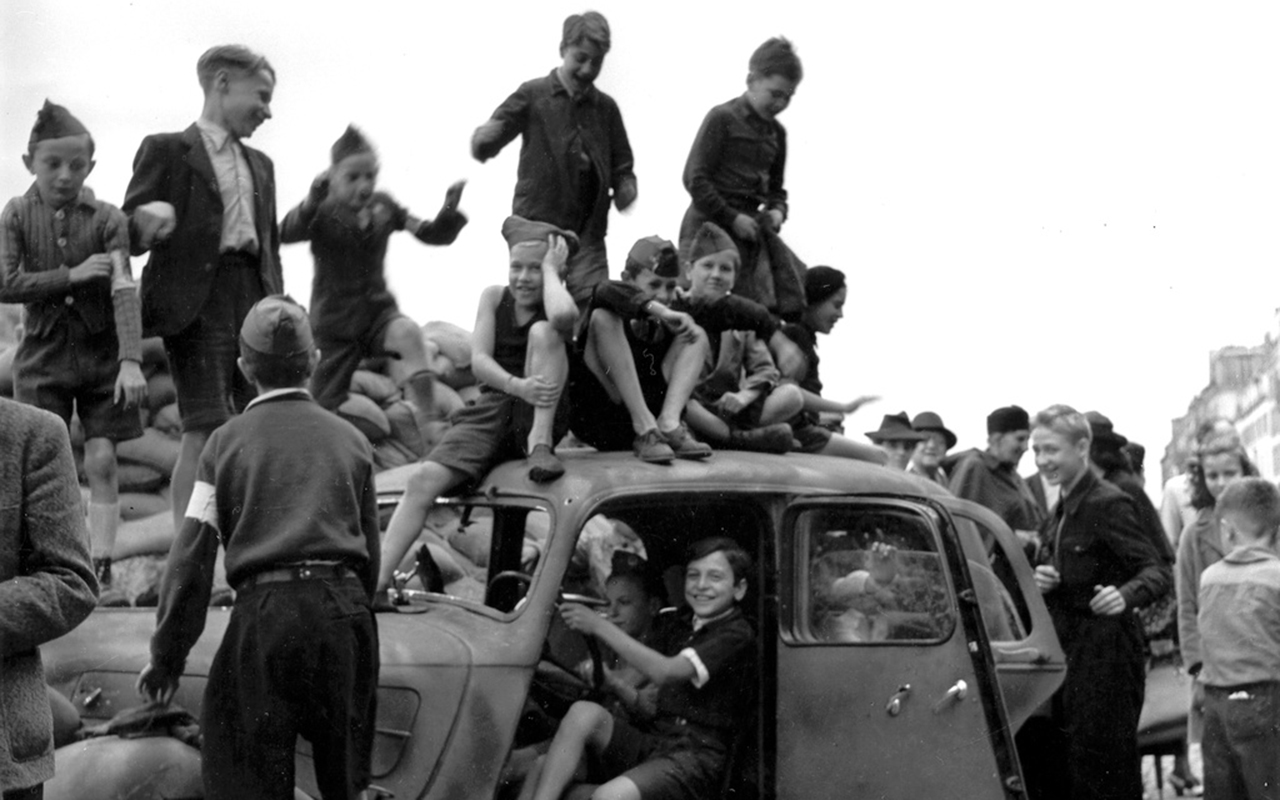
Niños celebrando la liberación de París en 1944 © LEE MILLER ARCHIVES
A family legacy
The exhibition also features Antony Penrose, son of Lee Miller and surrealist artist Roland Penrose, who attended the opening. Antony, a renowned filmmaker, writer and curator, has dedicated his life to preserving his mother’s legacy through the Lee Miller Archives and the Penrose Collection. His son discovered his mother’s legacy when she died. In the attic were 40,000 photographs were found depicting the horror of the Great War, which his mother had kept quiet about due to the psychological trauma that led to alcoholism and depression. “I had no idea about my mother’s past; my view of her changed completely,” Penrose confesses. Thanks to his tireless work, Miller’s images have been exhibited in museums around the world, allowing new generations to discover their importance in the history of photography and art.
Together withhis daughter Ami Antony Bouhassane, co-director of Farleys House & Gallery Ltd., he has worked to promote Miller’s work, ensuring that her story continues to inspire future artists and photographers. Both bring a unique and intimate testimony that enriches the exhibition, offering a personal look at the life and work of this legendary photographer.
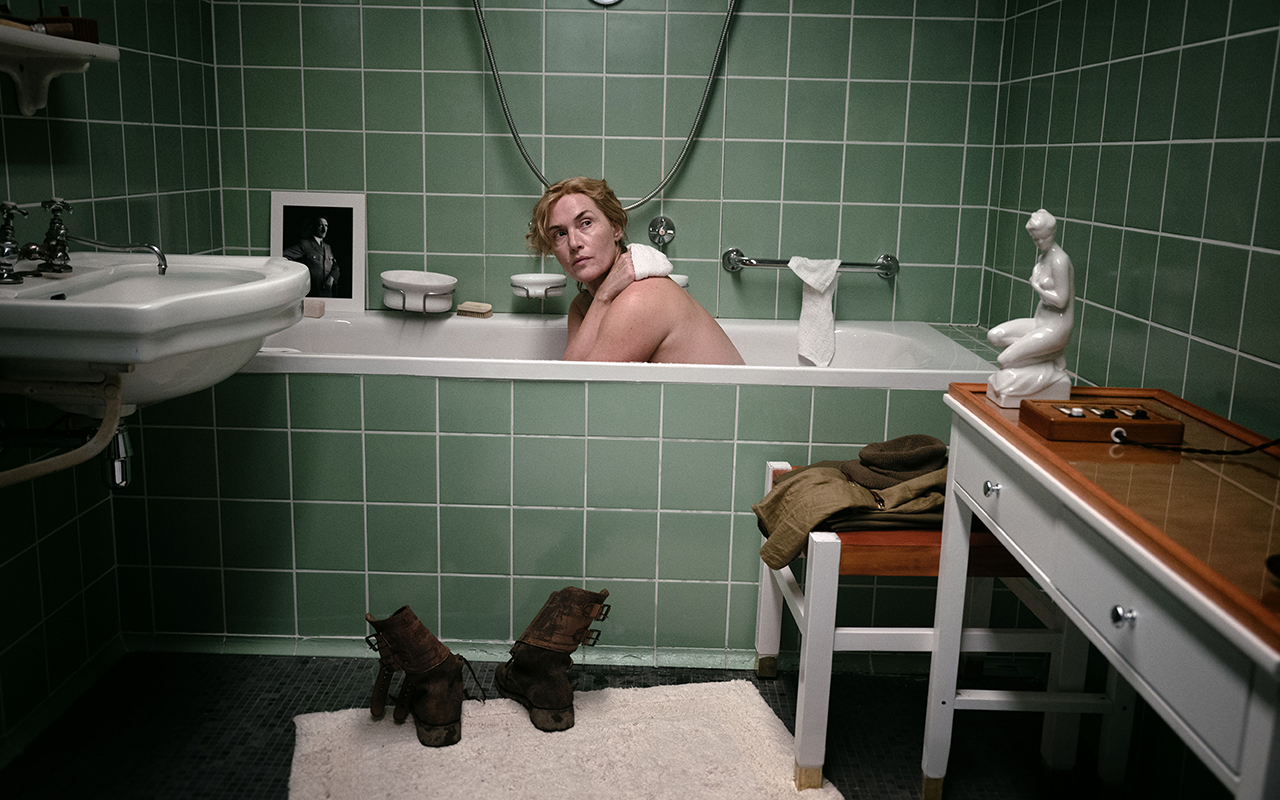
Kate Winslet reproduce la célebre foto de Lee Miller en la bañera de Hitler para la película sobre la fotógrafa. ©SKY UK
A life of cinema
Lee Miller, starring Kate Winslet and directed by Ellen Kuras , will be released in Spain on the 7th March 2025. The feature film delves into the life of this extraordinary woman, exploring the challenges she faced in a world dominated by men. Winslet ‘s performance has been widely praised, offering a new perspective on Miller’s complex personality. In fact, in the exhibition Winslet herself recalls several scenes from the filming that have attempted to maintain the essence of Lee Miller’s photographs.
Lee Miller was much more than a witness to history: she was a protagonist who knew how to capture beauty and horror in equal measure. Now, Barcelona has the opportunity to rediscover her. The exhibition will be available at FotoNostrum , at Calle Diputació , 48 in Barcelona, and promises to be an essential experience for lovers of photography and history. Totally recommended!
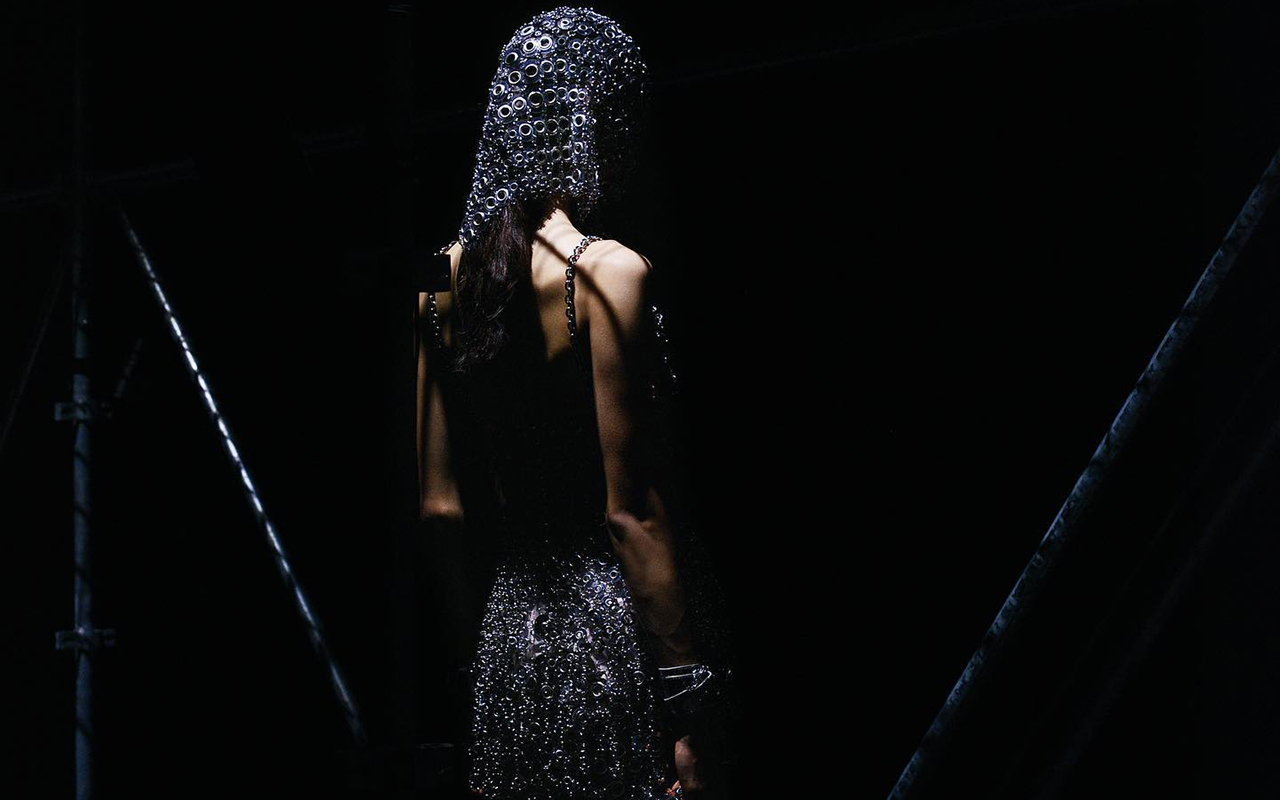
Fashion is cyclical, we know it. And its renewal cycles are articulated around two decades to seduce the new generations. After rescuing the Y2K style, the aesthetic of dubious taste from the beginning of the century, which has so hooked Generation Z that it continues to experiment with colourful garments worn by leaders such as Britney Spears, Paris Hilton or Christina Aguilera, now fashion takes a 360 degree turn and bets on its dark reverse: the gothic. Tim Burton already ventured it with his successful Netflix series ‘Wednesday’, that the little girl from the Addams family was going to be the tip of the iceberg of a new dark movement that has especially seduced fashion. And not only in winter, where black is a common colour for each season. This same summer the reign of darkness begins and on the red carpets it has already been evidenced. This is how the catwalks have spoken.
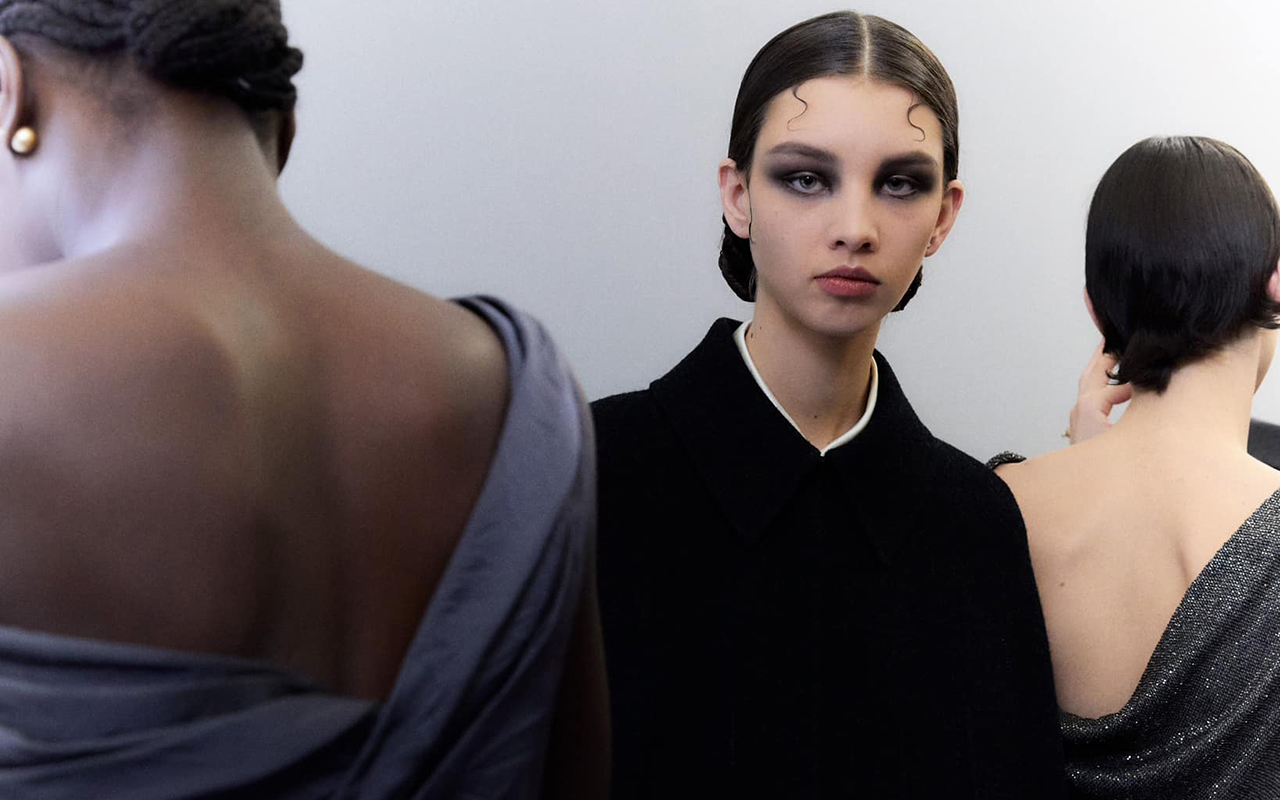
Fashion surrenders the dark side
New York has just confirmed that the gothic style is back in fashion, it will establish itself as a trend in the next two years, and soon it will nestle in our closet. This was made very clear by the Rodarte firm, which left its usual colourful looks, but not its romantic side, to explore the dark side of its firm. Her sensual proposal, inspired by witches for the coming winter, was made up of more than 60 looks, where the colour black was the protagonist, with sumptuous fabrics such as velvet with others that reveal the body, without finishing showing it like tulle. or the lace.
In fact, black was also the leading colour in the shows and presentations of most of the New York Fashion Week collections. This was demonstrated from the first day by Christian Siriano with sophisticated party dresses to tailoring pieces, or the New York brand Proenza Schouler where other types of garments such as leather jackets and skirts were seen.
For this spring-summer 2023 season, brands such as Prada, Paco Rabanne, Yves Saint Laurent and Dior, with a commitment to renaissance, have also embraced the gothic as one of the winning styles. Already at the end of 2022, they made their intentions clear by gradually introducing some accessories in their previous collections such as chokers, fishnet stockings, infinite platforms, transparencies, lace and corsets. Now they are no longer hiding and have made the official deployment.
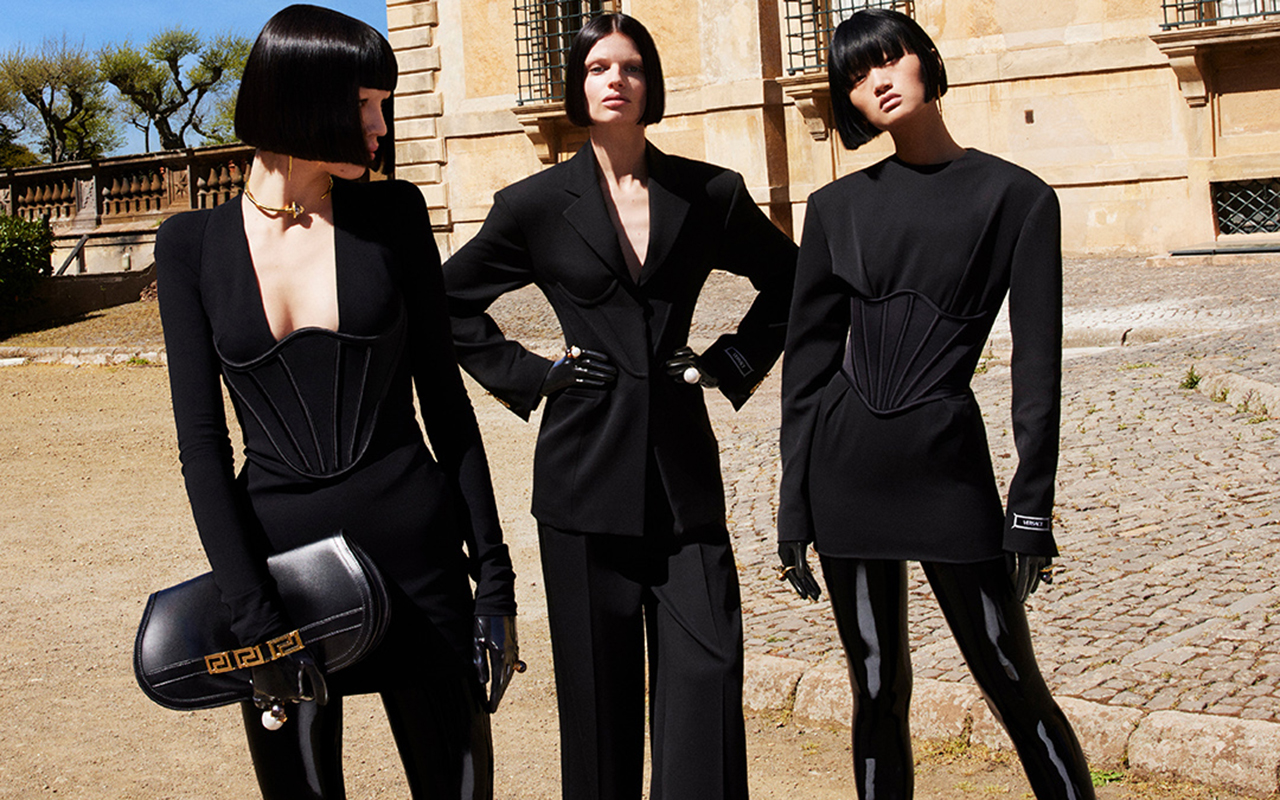
One trend, three different styles
Gothic aesthetics is presented in public following three different styles. In the first place, there are the designers who rescue all the most romantic aspects. They are the ones who bet on giving a glamorous point to the current and raise aesthetic concepts typical of the Victorian era, they are inspired by the stories of Edgar Allan Poe, the characters of Tim Burton and the clothing of movie vampires. To do this, they team up with sumptuous opaque fabrics such as velvet that combine with other lace details and transparent lingerie. Long dresses with defined waists, marked necklines and shoulders, a prominent neckline and strategic volumes define this gothic chic style. Donatella Versace’s latest collection of bridal gowns called Dark Gothic Goddess, and which Jenna Ortega has worn on several occasions, would be an example of this aesthetic that portrays dark, rebellious, strong women and a bit of a diva.
At the opposite end of the elegant gothic, there is another more trashy and alternative style, inspired by apocalyptic universes that maintain a pessimistic look towards the future of humanity. It is an urban aesthetic that draws from cyberpunk and also from the techno clubs of the late nineties in Germany as a new counterculture scene. Neoprene outfits, harnesses, opaque sunglasses, geometric designs, military boots, leather and patent leather are part of this more underground gothic aesthetic.
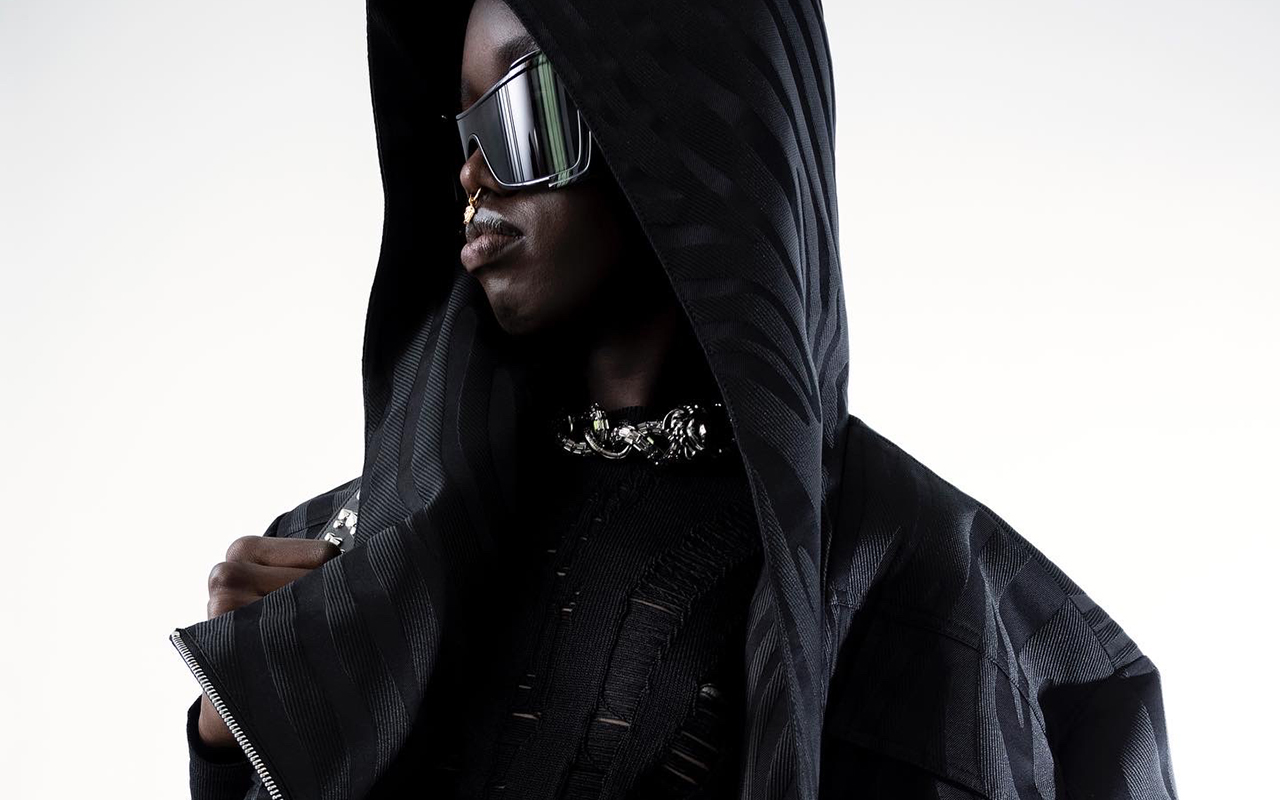
Lastly, the dark academy style also triumphs, giving a twist to the college or university aesthetic inspired by class uniforms, but in its darkest aspect. Tim Burton’s new adaptation of the character of Wednesday Addams is responsible for this style within the gothic current that is committed to a style that has nothing to do with ‘Harry Potter’ or ‘Dead Poets Club’: striped uniform, shades of purple, grey, brown or black, a pleated mid-calf skirt and Oxford-style lace-up shoes with platforms. Stripes, two-tone checkerboard patterns or polka dots are also paired with oversized sweaters and modest straight-cut dresses.
At Gratacós we bring to light our own darkness in seasonal fabrics that will turn you into an enigmatic lady of the night. Now also, during the day.
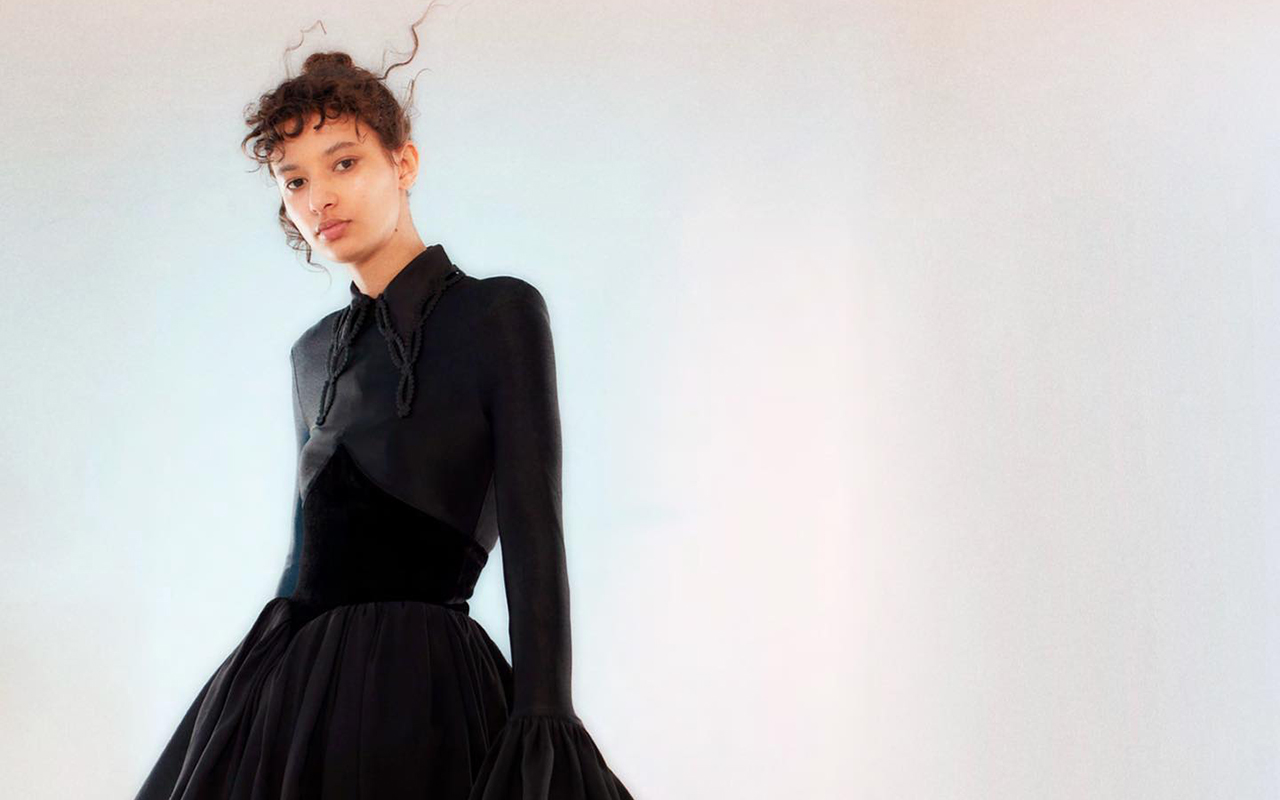
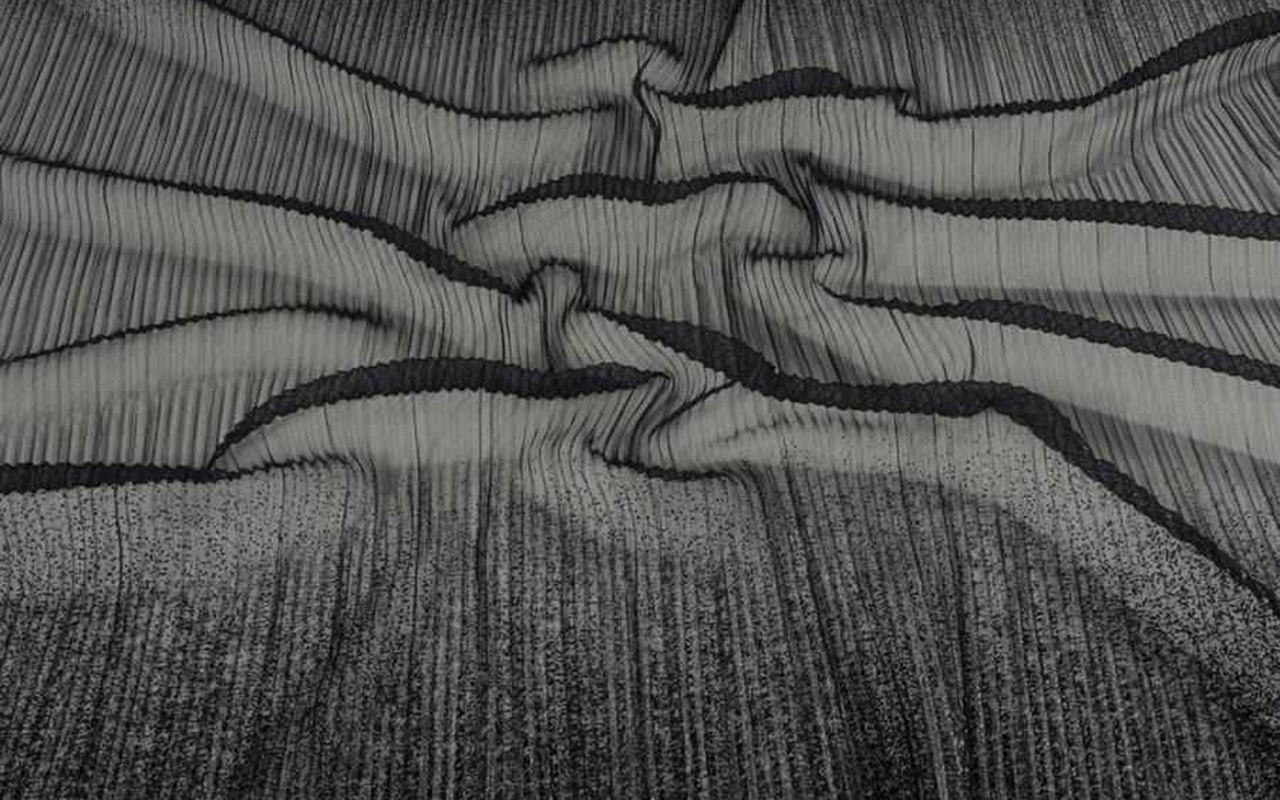
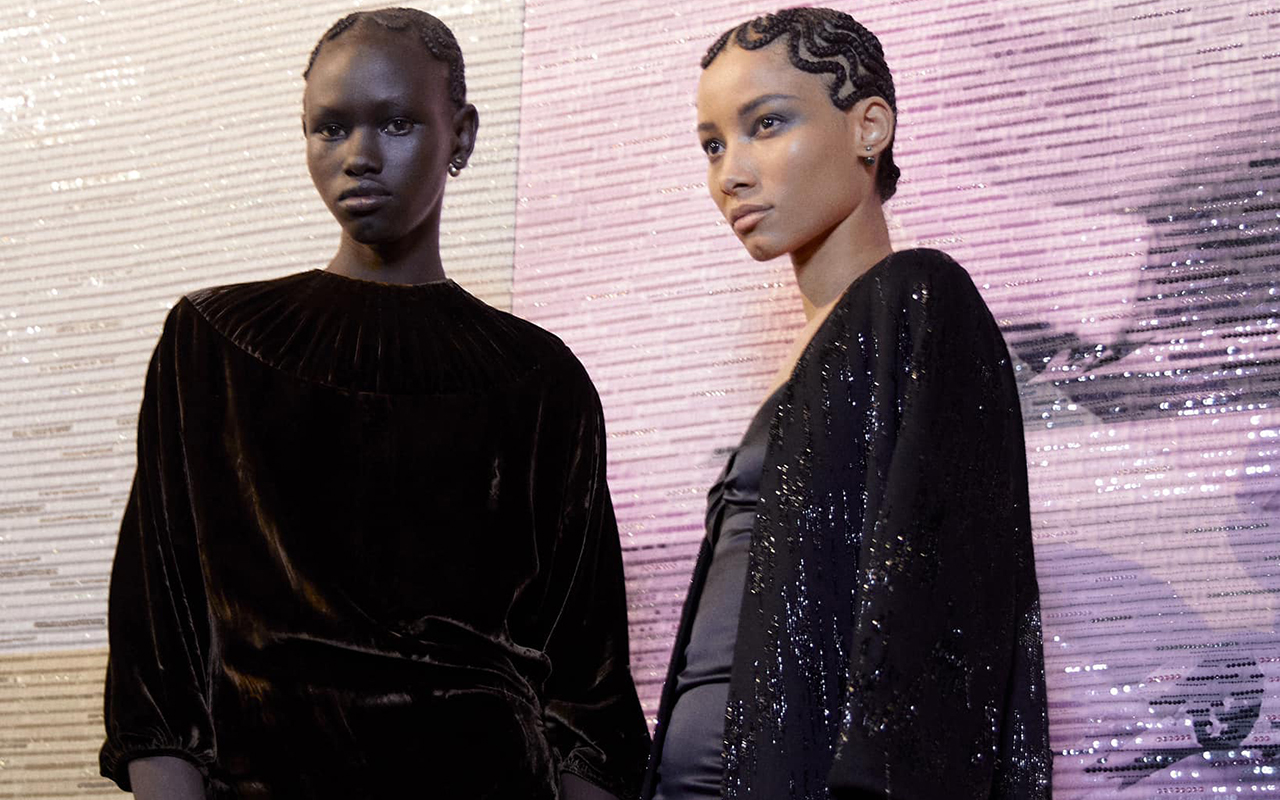
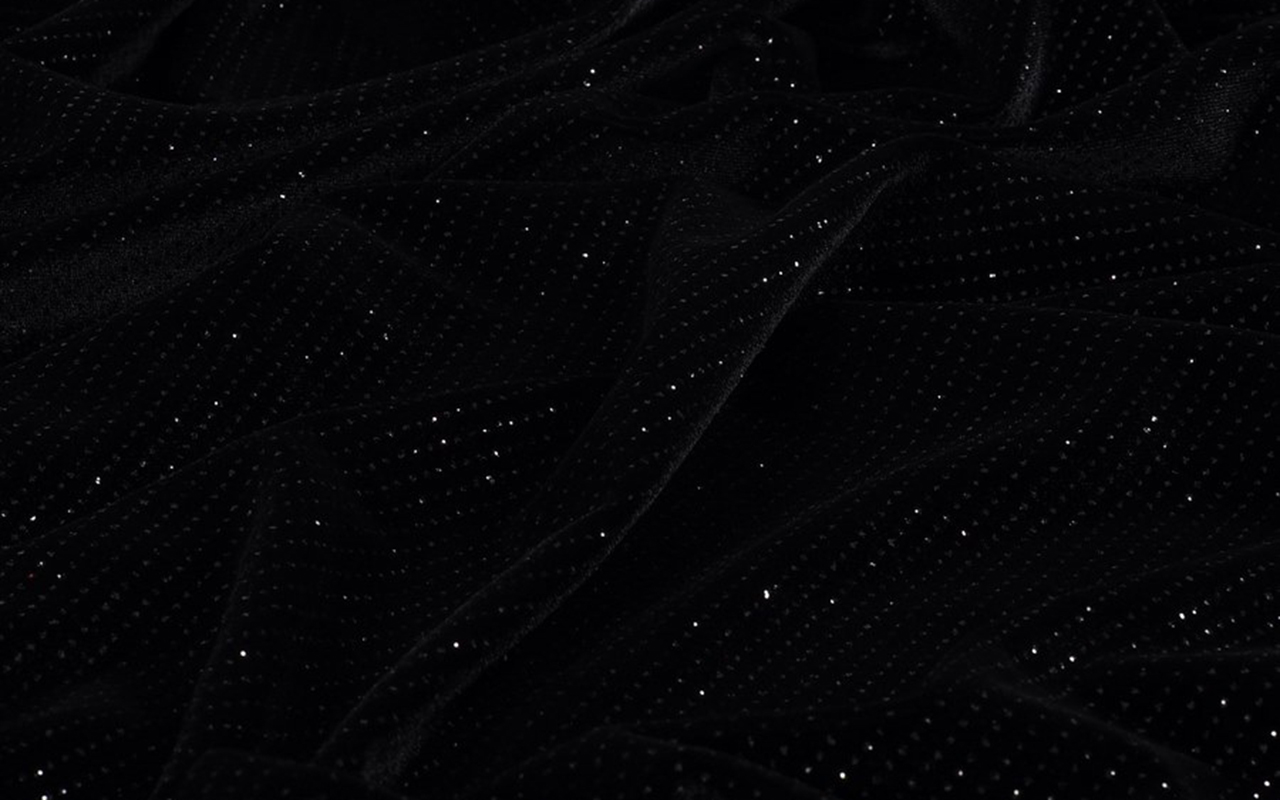
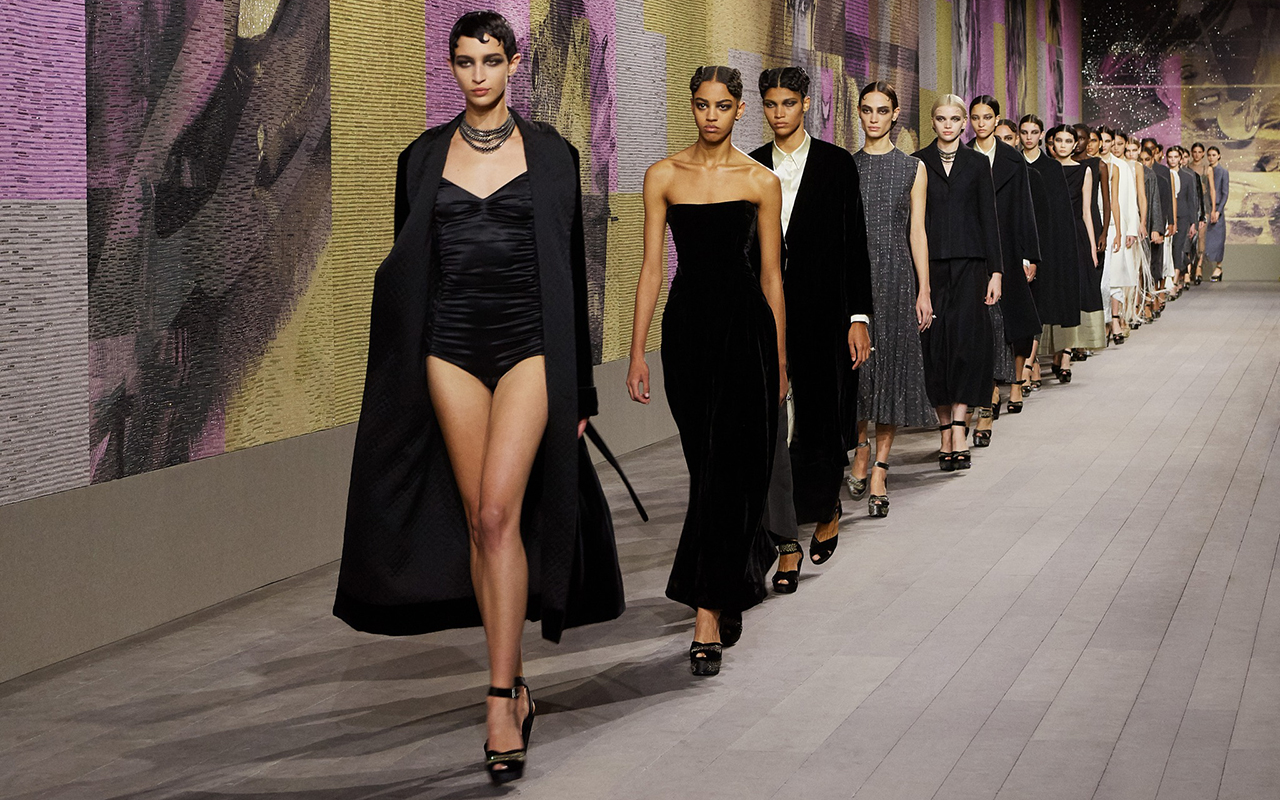
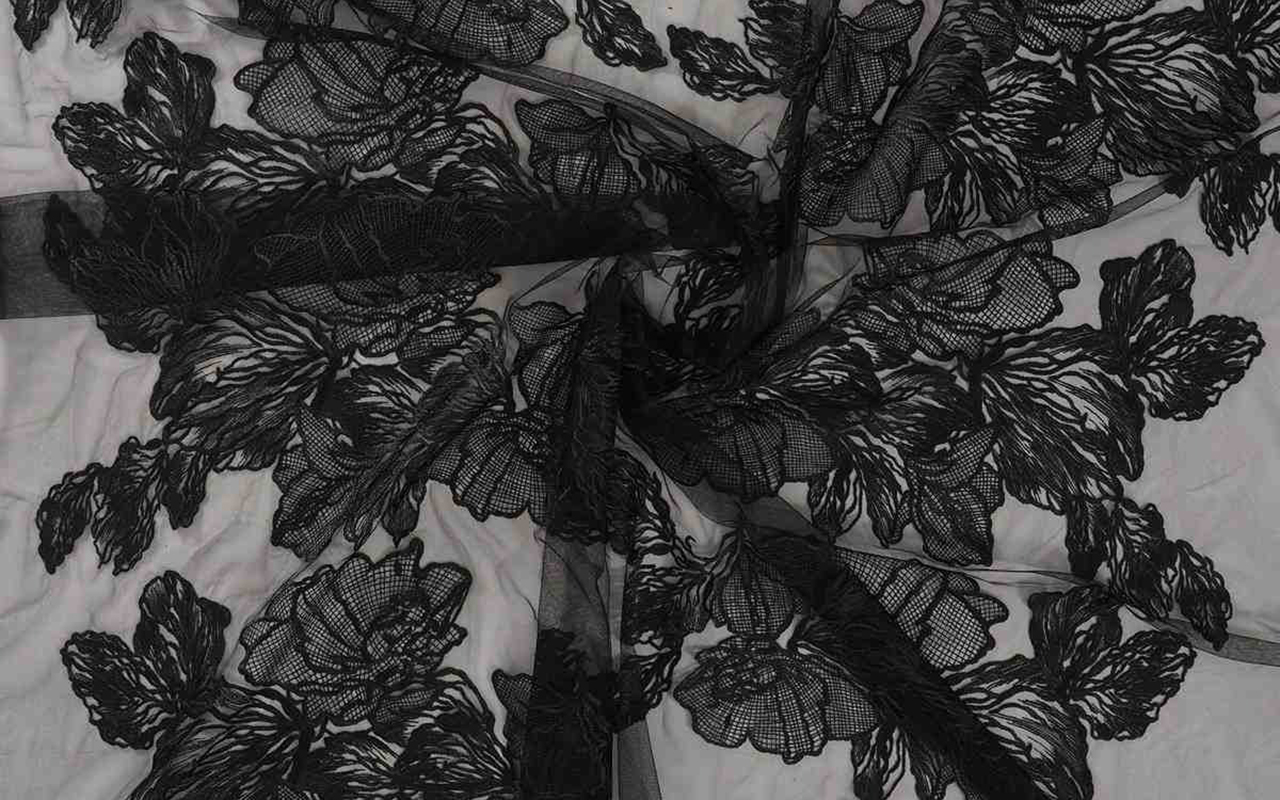
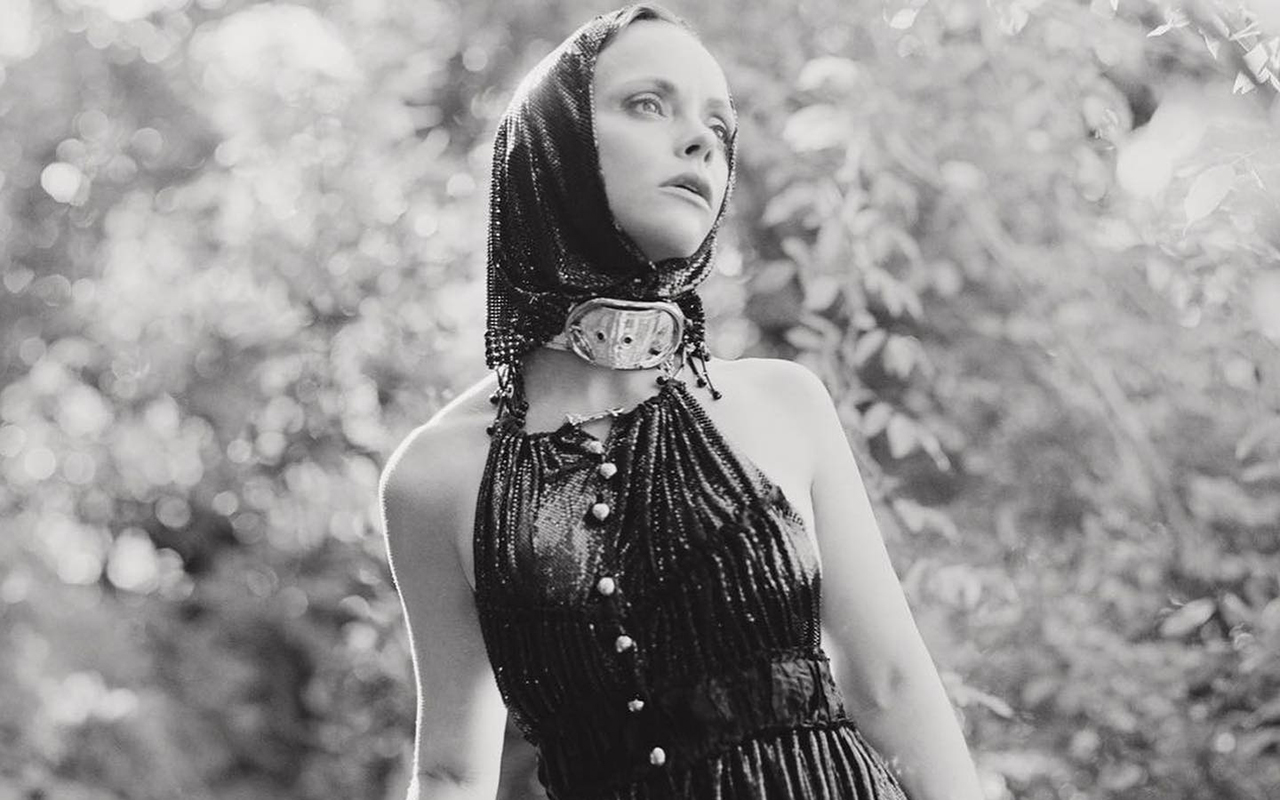
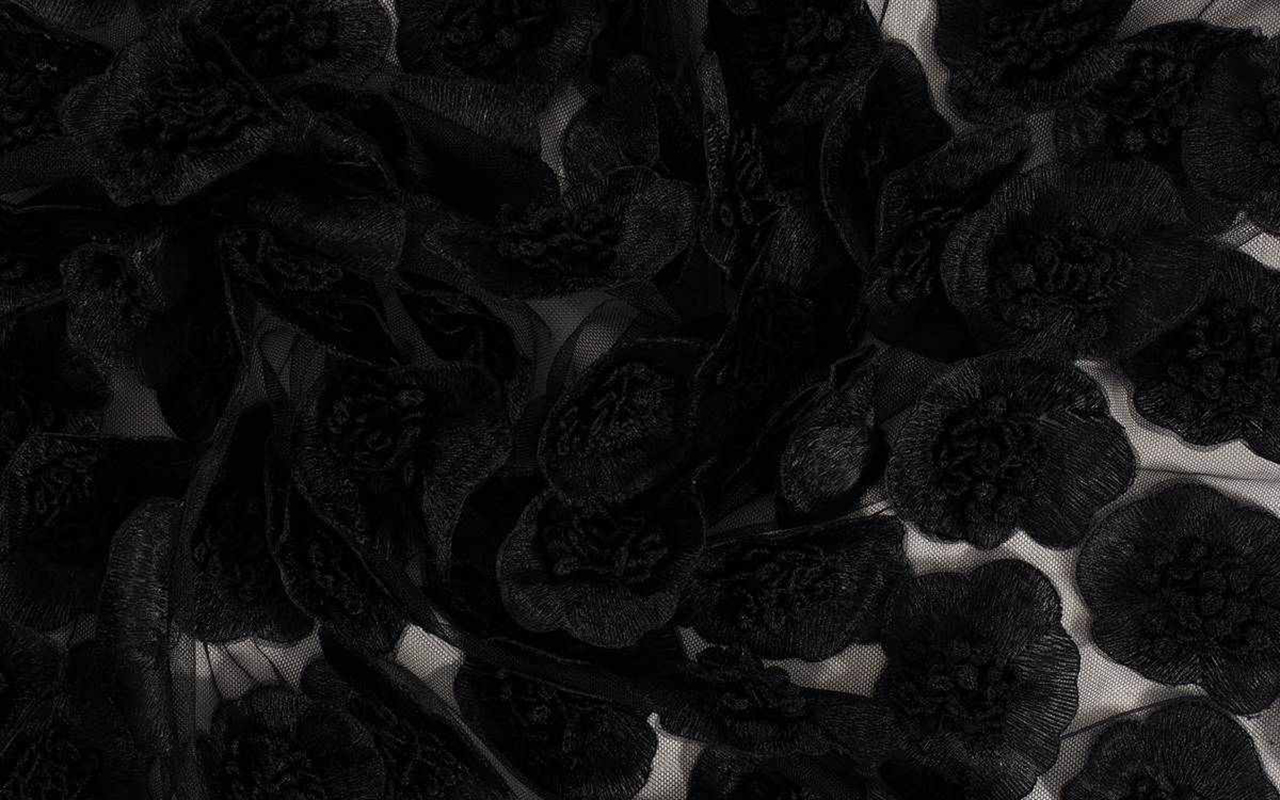
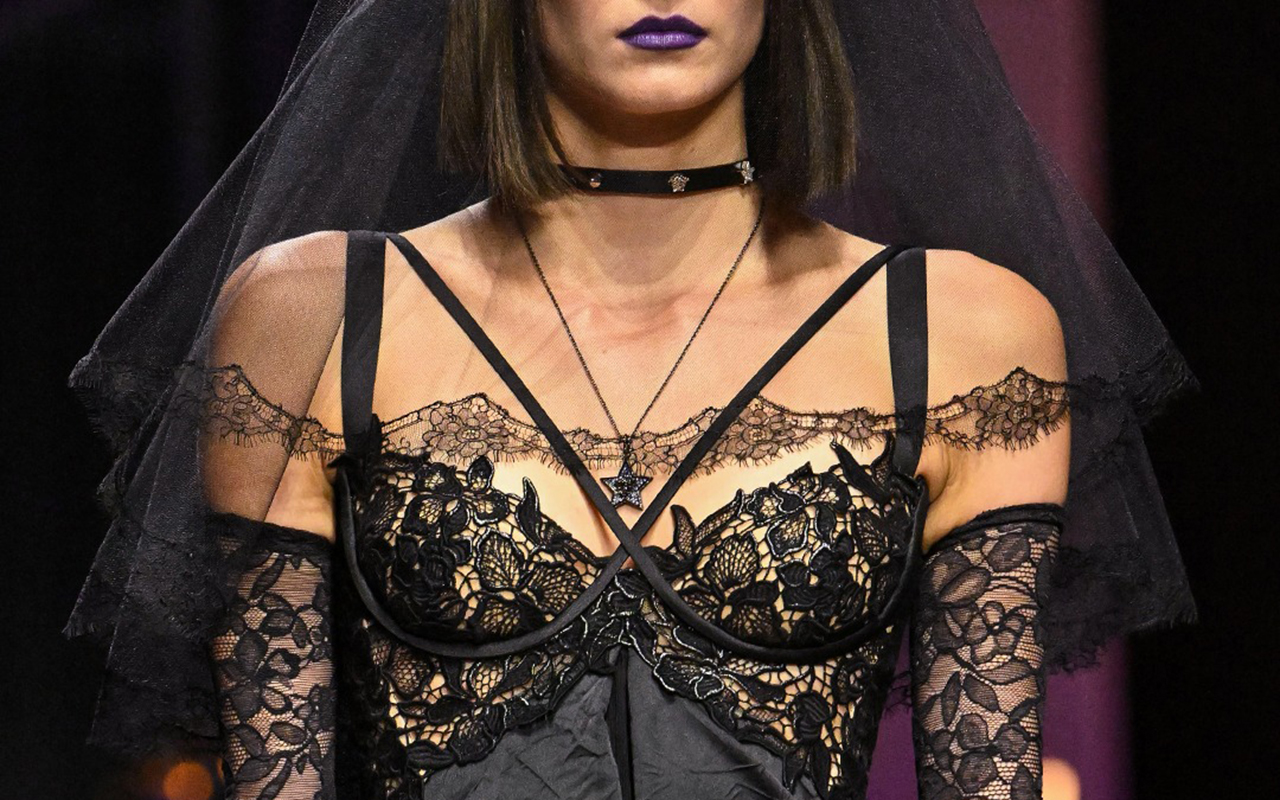
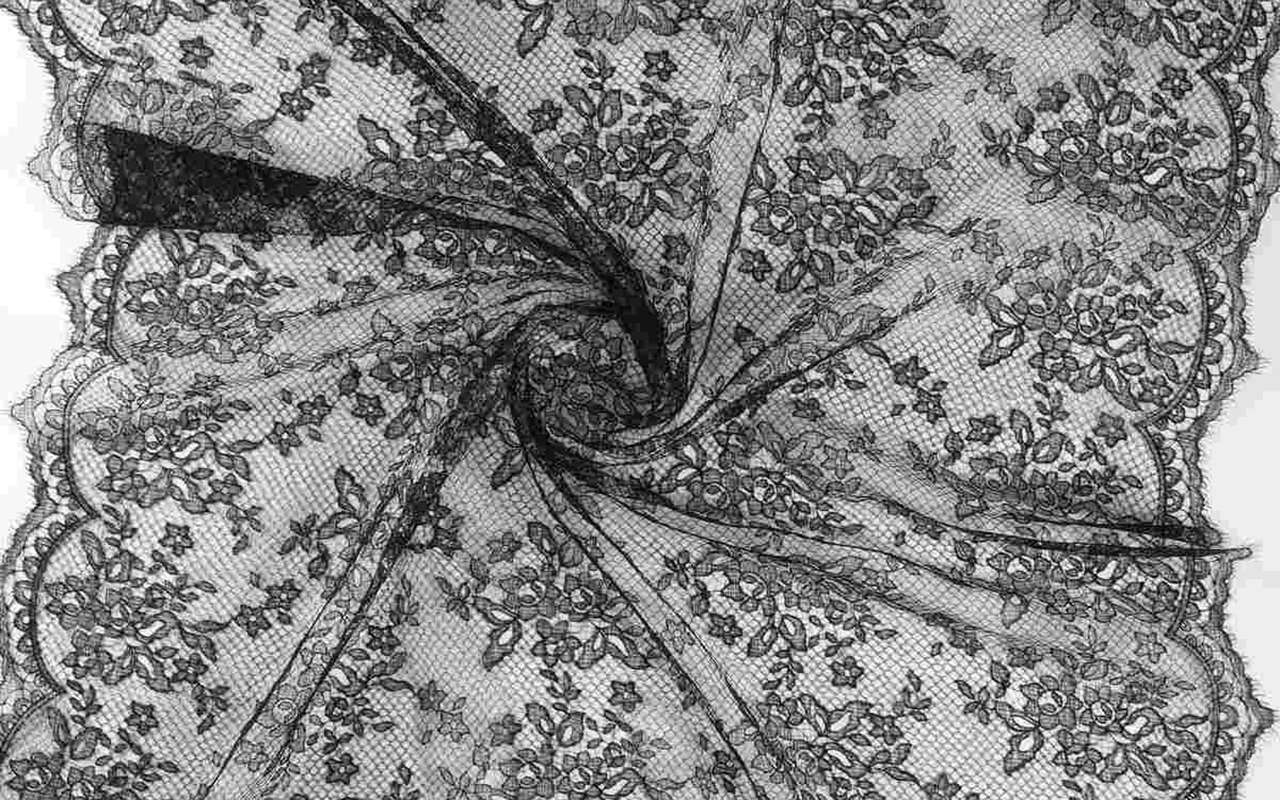
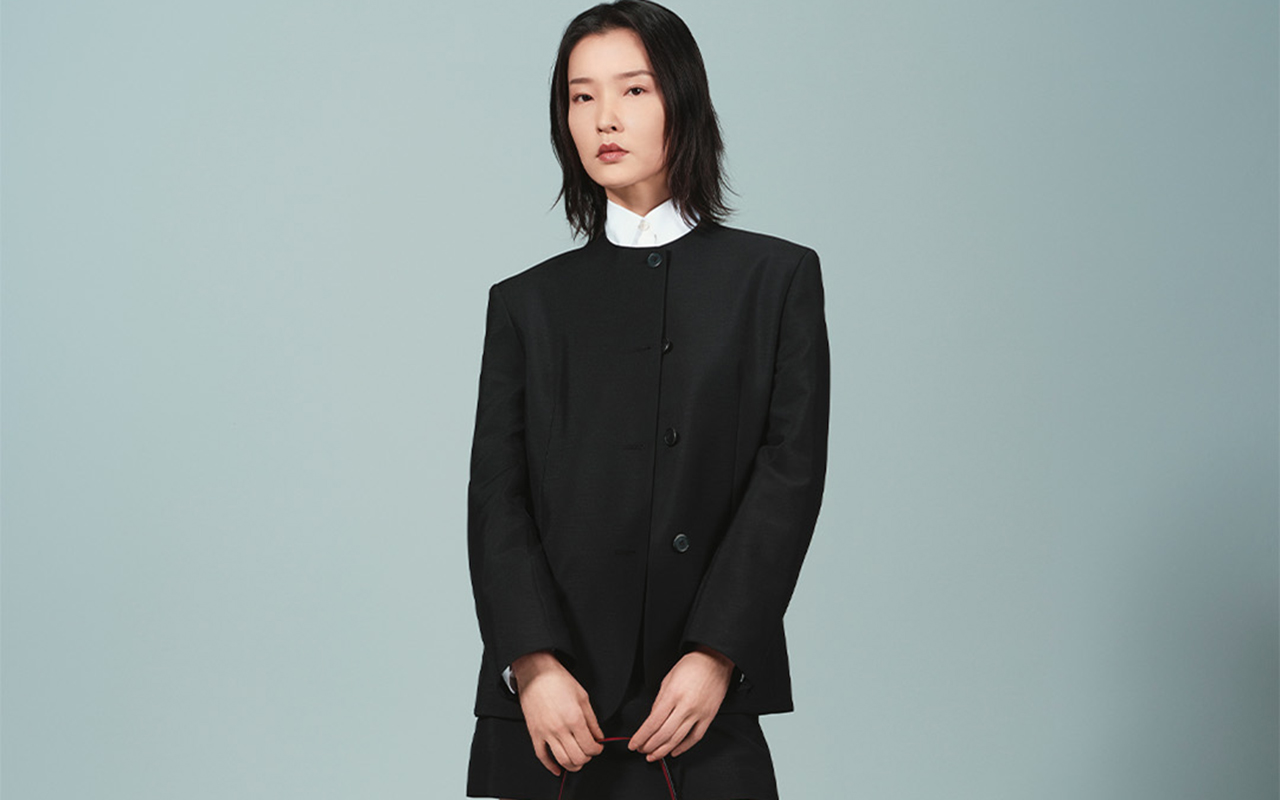
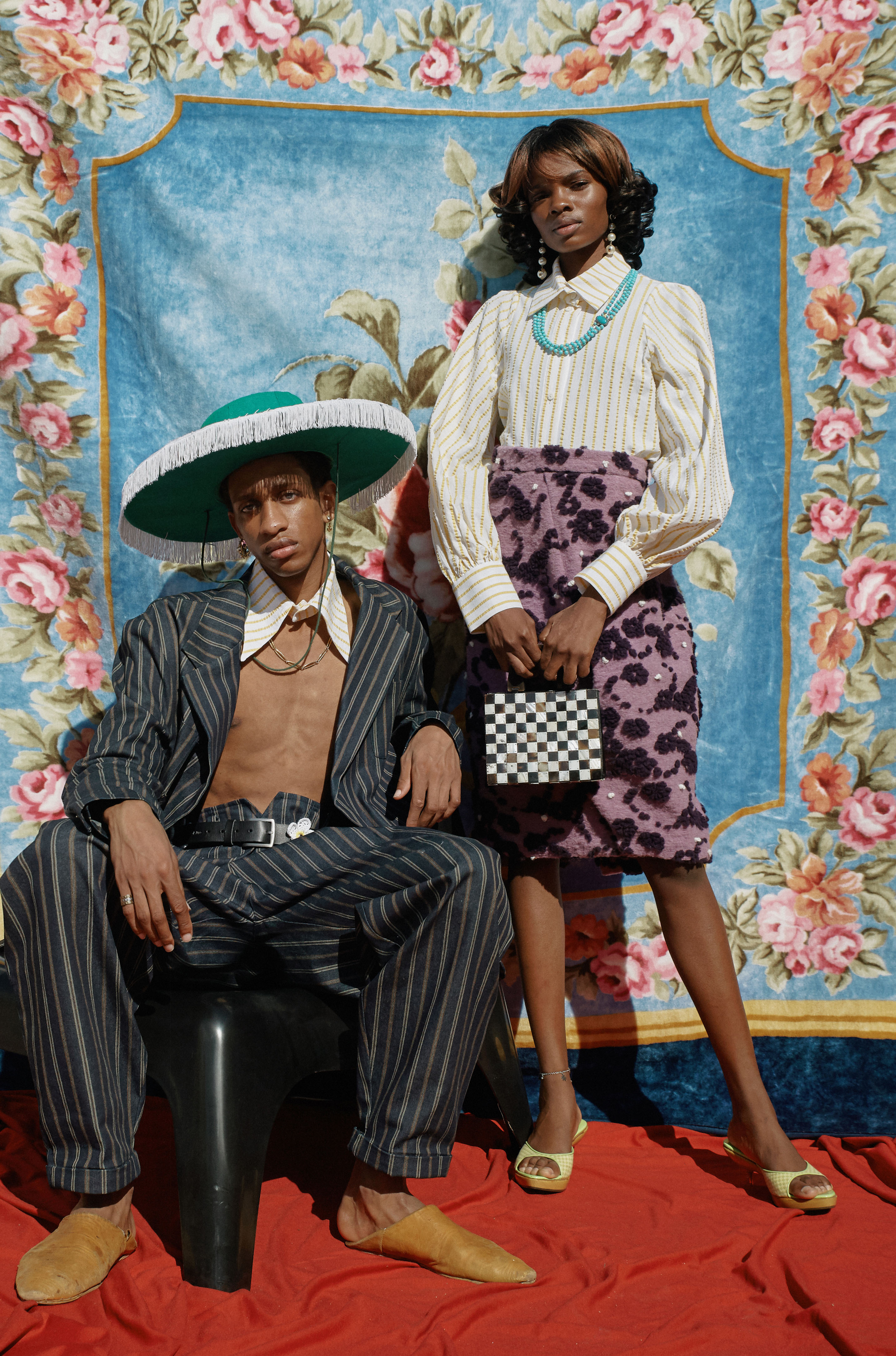
Who are the current ambassadors of design in Barcelona? The unknowns have already been resolved with the winning names of the second edition of the MODA-FAD Awards, the awards given by the Association for the Promotion of Fashion as recognition for their work in the sector.
In this edition the awards of the four professional categories have been: Carlota Barrera in the category of Merit for Clothing Design; Sol Prado in the category of Merit for Complementary Design; Rebeca Sueiro in the category of Merit for Styling and Image , and Ignasi Monreal in the category of Merit for Visual Communication. In addition the MODA-FAD Board will give to Pedro Rovira the Honour Award in recognition of his creativity and for having valued the identity of local and national fashion. Finally, there is also a separate award: that for Student Sustainability, which this time has been awarded to Mireia Panisello, a BAU design student.
The jury that has decided the names featured in this edition are the stylist Ana Murillas , the fashion culture specialist Charo Mora, the designer Claudia Pérez, the fashion editor Estel Vilaseca , and the fashion designer Krizia Robustella.
Discover who is who
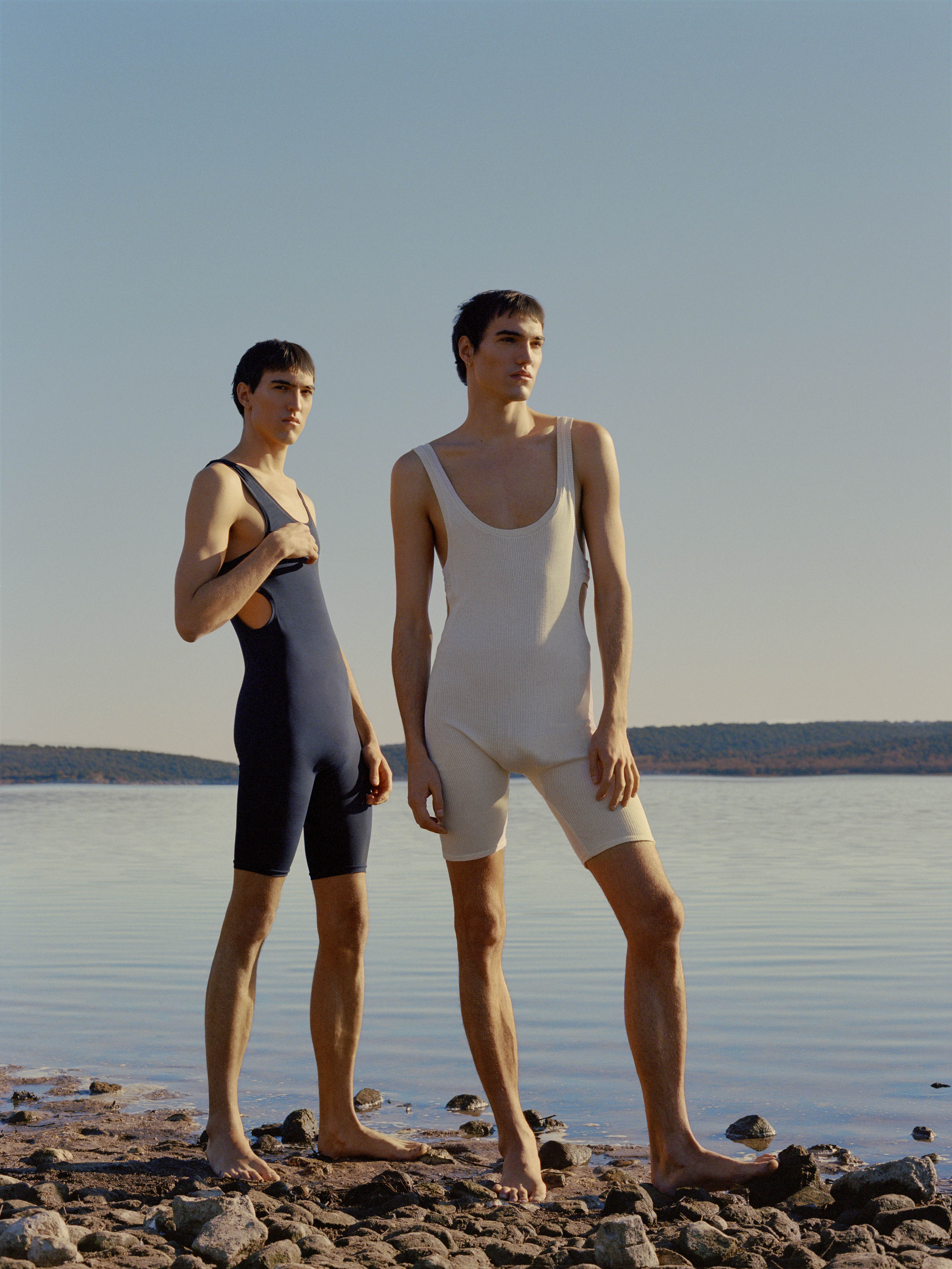
Carlota Barrera
Carlota Barrera is a young designer based in London who holds a master’s degree from the London College of Fashion and has developed her skills working in several haute couture houses. Last year Barrera launched her own named brand with the men’s collection “El Matador y el Pescador”. This company explores modern silhouettes in collections that reflect the classic techniques of tailoring and artisan motifs with a contemporary vision and a very visual approach. Each garment fuses the concepts of heritage and luxury from a fashion-house that represents a vision of modern man.
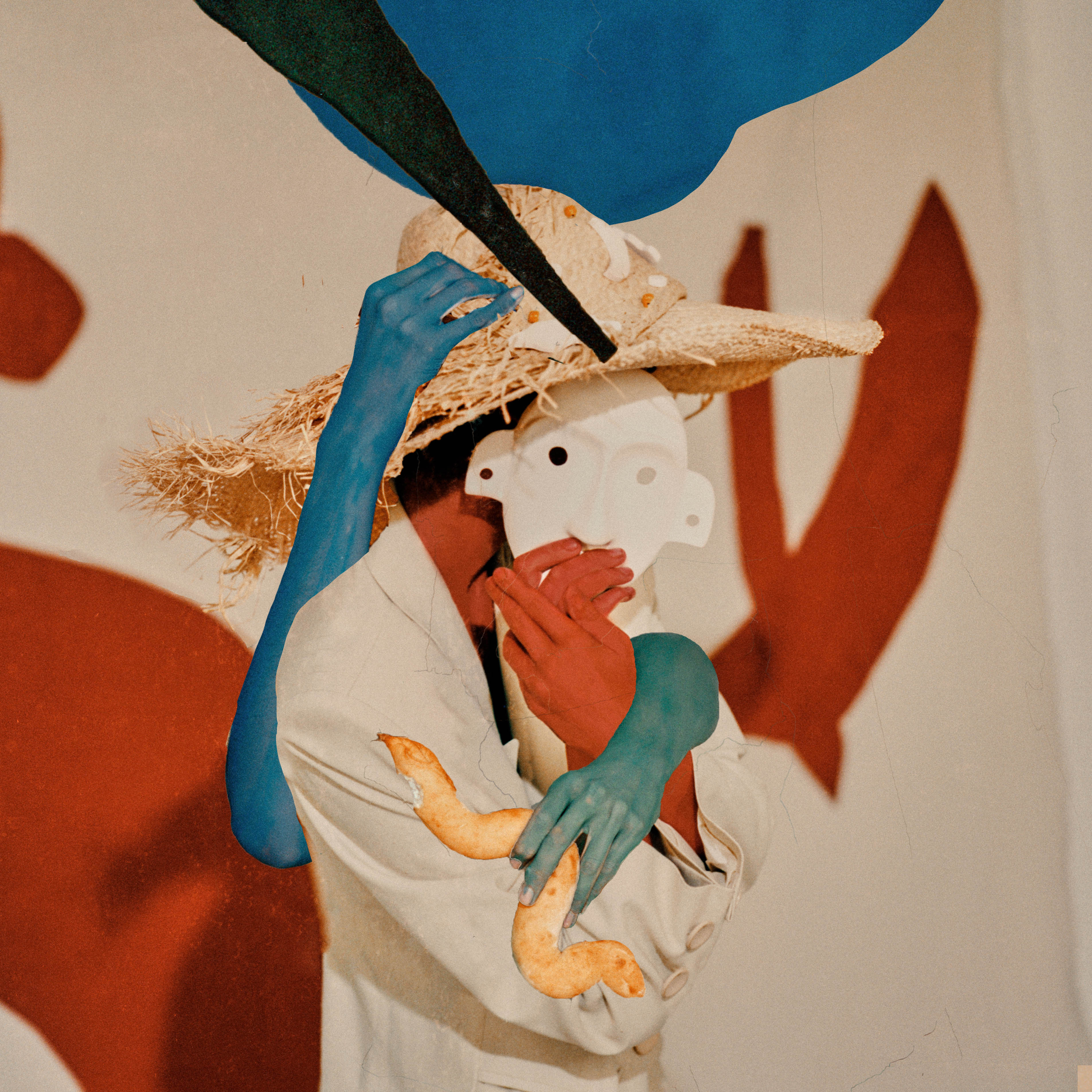
Sol Pardo
Sol Pardo shows her ideals through hats. Concepts such as art, design and craftsmanship are present in each of her creations that are characterized by using reusable hand-made materials. Thus, for example, hats combine acrylic as a distinctive raw material, with straw hats made by hand by a community of weavers. This is the essence of Pardo Hats: to defend the value of the slow fashion with timeless accessories that generate identity.
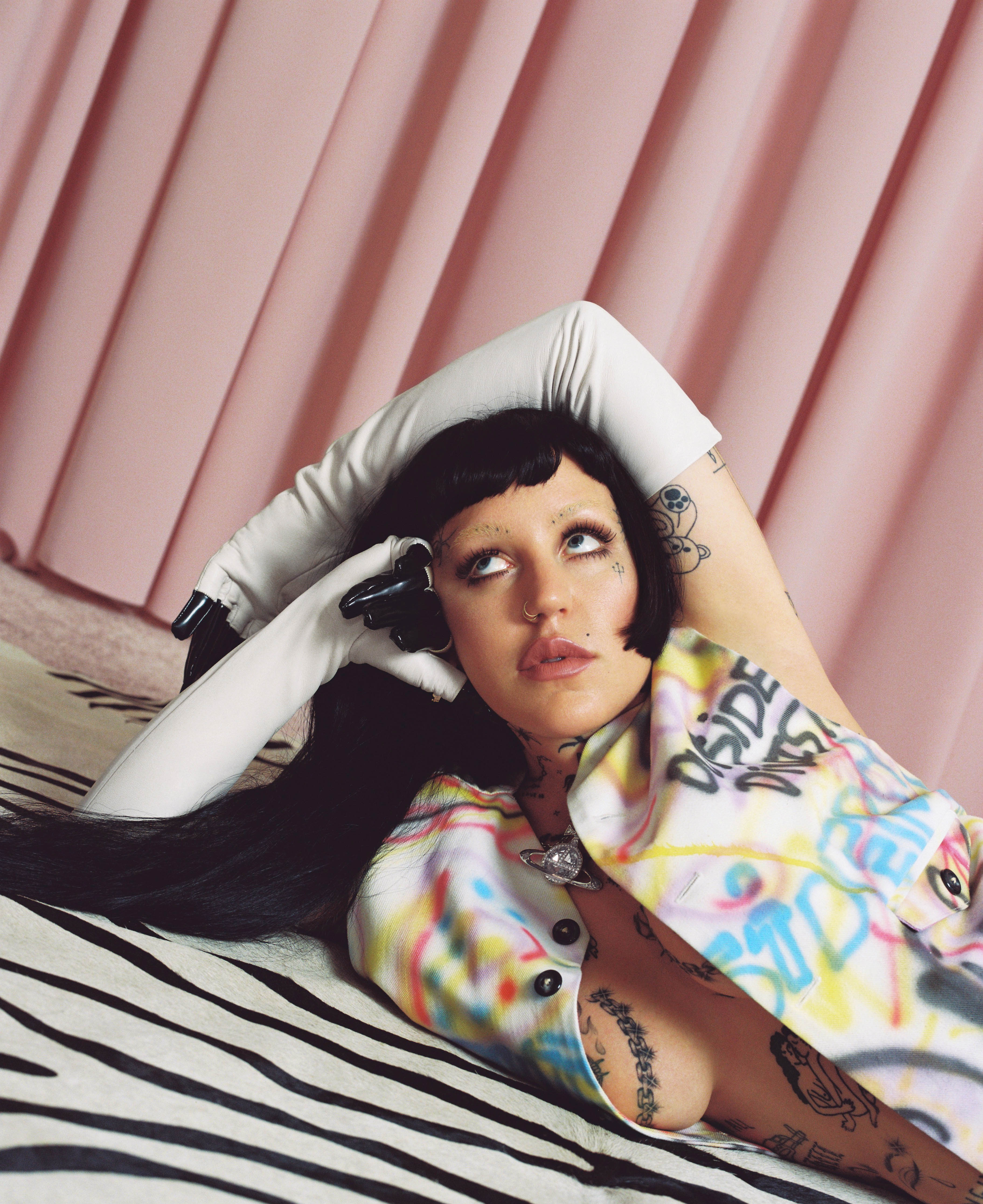
Rebeca Sueiro
The Galician Rebeca Sueiro (A Coruña, 1982) began her relationship with the world of scenic costume in 2002 in her hometown, where she studied Industrial Pattern-making. Sueiro’s editorial work shows her admiration for the subcultures and the most underground artistic, aesthetic and musical scene as well as her travels in Europe, Africa and Asia, where she has actively participated in the rave scene and has lived in artistic communities related to it. Currently Rebeca works in Barcelona and her obsession as a stylist is to see how through clothing each individual constructs a unique language with which to communicate.
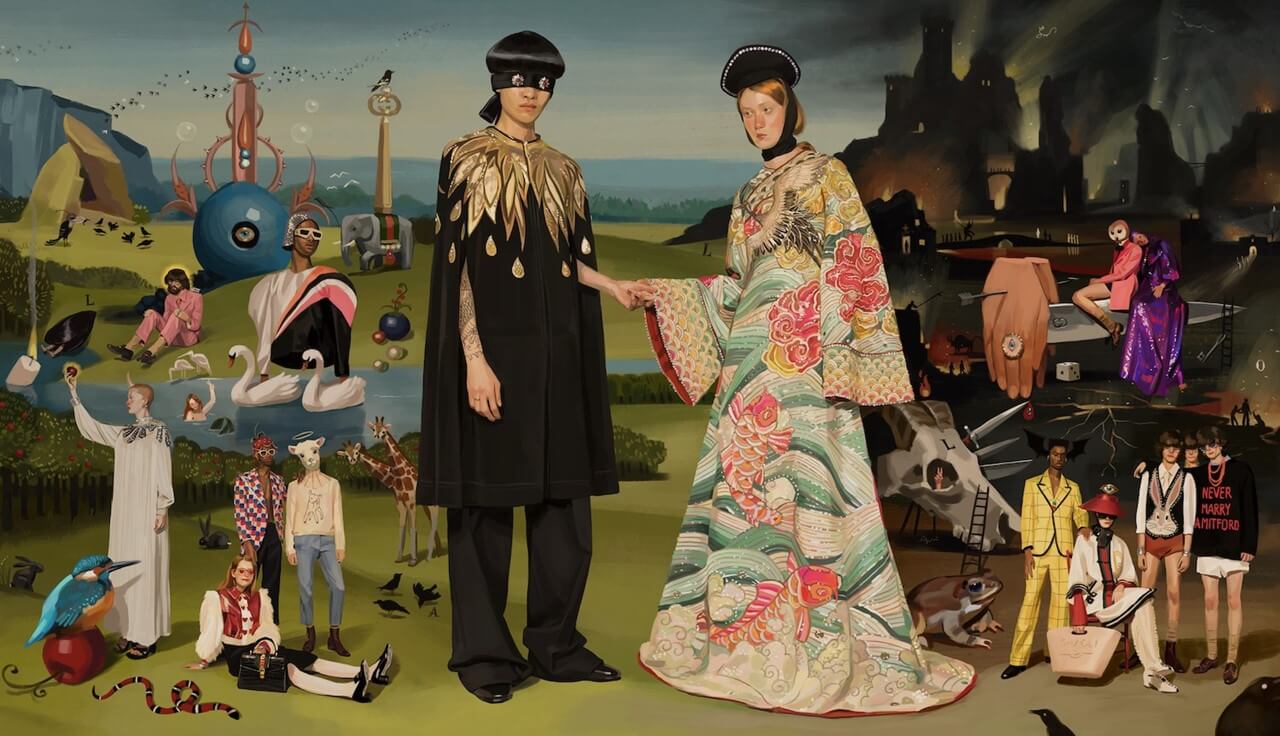
Ignasi Monreal
Who now is still not familiar with the illustration of Ignasi Monreal? The Barcelona artist based in Rome works in various media, including painting, design, creative direction, and cinema. He is the creator of the celebrated Gucci Spring / Summer 18 campaign , the first of its kind in which digital illustration is used entirely. He has also illustrated other international campaigns for Alessandro Michele and Dior. Monreal has recently exhibited at La Fresh Gallery, a show dedicated to the celebration of everyday gastronomy and called ‘ PlatsBruts ‘ (“Dirty Plates” ) .
The prizes will be awarded next June 15 in the building Disseny Hub of Barcelona. In parallel, the works by each of the prize-winners can be seen in the exhibition “Best design of the year”.
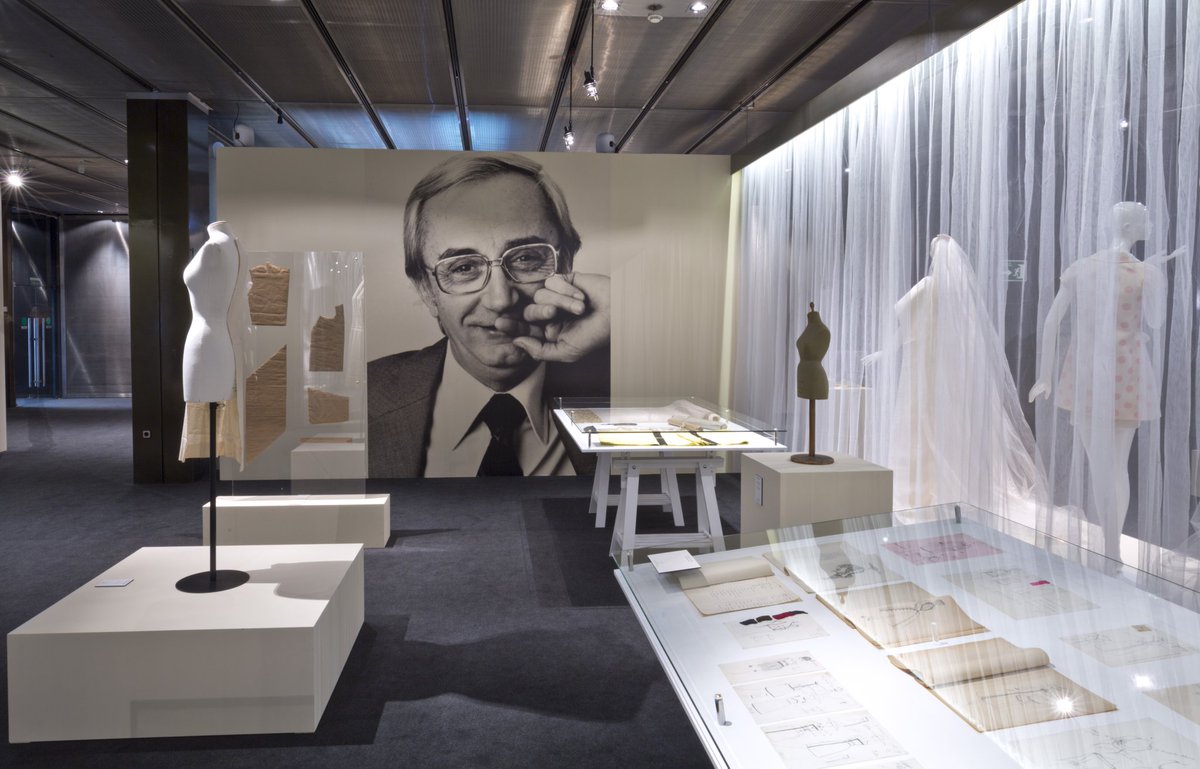
Pedro Rovira learned the trade in a tailor shop. In 1948 he founded his first fashion house in the square Gal·la Placídia, which years later moved to the Rambla del Prat in Barcelona. In 1957 he presented his collection at the Berlin International Exhibition, in 1964 he joined the Alta Costura Cooperative and the following year he presented his collection in the Spanish Pavilion of the New York International Fair.
In the 70s he started a ready-to-wear line, but he continued with haute couture. Rovira was the benchmark of Barcelona fashion during the 60s and 70s. He showed a predilection for pure lines, especially in day-time pieces. His creations stand out for the sharpness of the lines and the play of colour, for good construction and an impeccable cut.
The prizes will be awarded next June 15 in the Disseny building Hub of Barcelona. In parallel the works by pieces of each of the prize-winners can be seen in the exhibition “Best design of the year”.
 Lee Miller, con un casco prestado por el fotógrafo del ejército estadounidense Don Sykes (sargento), Normandía, Francia, 1944© LEE MILLER ARCHIVES
Lee Miller, con un casco prestado por el fotógrafo del ejército estadounidense Don Sykes (sargento), Normandía, Francia, 1944© LEE MILLER ARCHIVES Foto del reencuentro de Picasso y Lee Miller en 1944 tras la liberación de París. Ella llegó como reportera con el Ejército de los EE UU© LEE MILLER ARCHIVES
Foto del reencuentro de Picasso y Lee Miller en 1944 tras la liberación de París. Ella llegó como reportera con el Ejército de los EE UU© LEE MILLER ARCHIVES






















